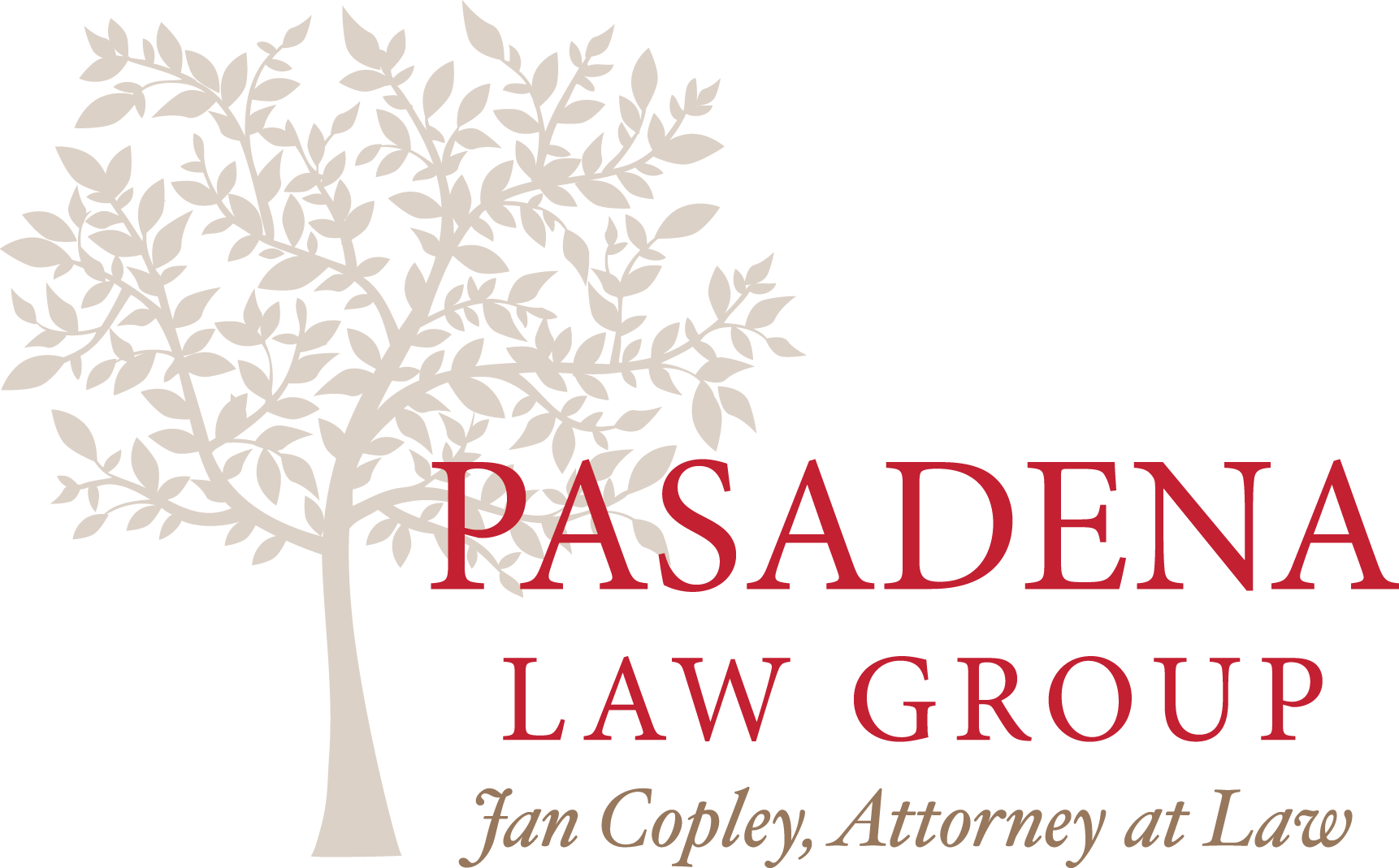
There are many ways to pass on property to people outside of probate, but it is important to educate yourself about when it makes the most sense to use things such as transfer on death deeds. Here are five important things to keep in mind about using these as part of your estate plan:
- The impact of a transfer on death deed has no influence while the person who created it is alive. This means that the property owner retains ownership over their entire lifetime.
- Liens or mortgages or any other encumbrances placed on the property become the responsibility of the beneficiary as these transfer when the property transfers.
- A transfer on death deed can be revoked at any time during the life of the creator, although this typically must occur in writing.
- If more than one beneficiary is listed as a recipient in a transfer on death deed, this may create tenancy in common instead of joint tenancy. Make sure you speak with a lawyer to decide which of these is most applicable to your situation, and whether you indeed want tenancy in common.
- Transfer taxes that may otherwise apply to property transfers through traditional conveyances do not apply with a transfer on death deed.
If you’re not sure whether a transfer on death deed is the most appropriate way for a loved one to receive property when you pass, you can work with a lawyer to generate a custom plan based on your needs and family dynamics. Given that a transfer on death deed is just one component of your full plan, it’s wise to ensure you have a comprehensive plan in place to cover the full scope of concerns. Contact an estate attorney in Pasadena to discuss your options for passing on property.










